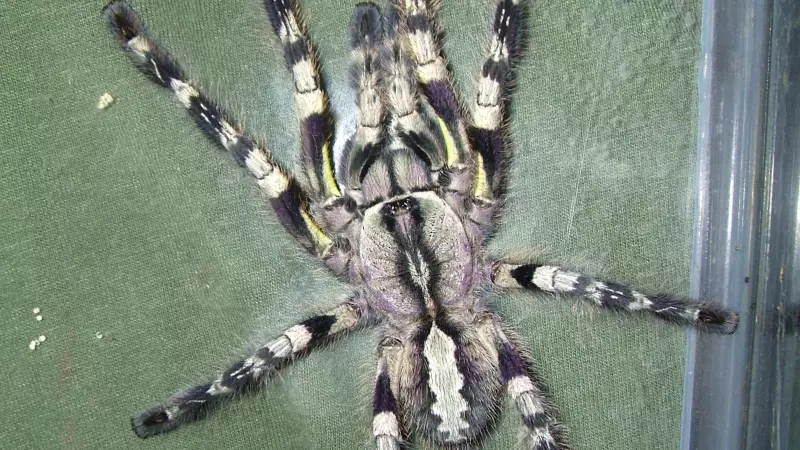
India's diverse ecosystems are home to some of the most fascinating and surprisingly large arachnids that will leave both wildlife enthusiasts and the arachnophobic equally amazed. While many fear these eight-legged creatures, understanding their ecological importance and incredible adaptations reveals a world worth exploring.
The Giants of Indian Forests and Homes
From the dense rainforests of the Western Ghats to the Himalayan foothills, India hosts an impressive array of spider species that challenge our perceptions of size and beauty in the arachnid world. These creatures play crucial roles in maintaining ecological balance while showcasing nature's engineering marvels.
India's Magnificent Seven: Spider Titans
- The Gooty Tarantula - With its stunning metallic blue coloration, this critically endangered species inhabits limited forest patches in Andhra Pradesh. Growing up to 20 cm legspan, it's both beautiful and formidable.
- Indian Ornamental Tarantula - Known for its striking patterns and defensive behavior, this species can reach impressive sizes and delivers a painful bite, though it's rarely fatal to humans.
- Giant Wood Spider - Famous for constructing massive golden webs that can span several feet across forest paths, these orb-weavers are architectural geniuses of the insect world.
- Himalayan Tarantula - Thriving in cooler climates, this fuzzy giant demonstrates how spiders have adapted to diverse environments across India's varying altitudes.
- Red Wood Spider - Recognizable by its vibrant coloration and large, intricate webs, this species adds both color and wonder to India's forest ecosystems.
- Jungle Wolf Spider - As an active hunter rather than web-builder, this speedy predator relies on excellent eyesight and lightning-fast reflexes to capture prey.
- Giant Crab Spider - With its unique sideways movement and impressive camouflage abilities, this spider demonstrates the diverse hunting strategies employed by India's arachnid population.
Beyond the Fear: Ecological Importance
These large spiders serve as natural pest controllers, helping manage insect populations that could otherwise damage crops and spread diseases. Their presence indicates healthy ecosystems and biodiversity.
While some species possess venom, most Indian spiders pose little threat to humans and prefer to avoid confrontation. Understanding these creatures helps replace fear with fascination for India's rich arachnid diversity.





